

Nestled in the serene landscape of Bihar, the Bhitiharwa Gandhi Ashram serves as a poignant reminder of India’s struggle for independence and the teachings of Mahatma Gandhi. Established in 1917, this ashram was a significant center for the Champaran Satyagraha, where Gandhi mobilized local farmers against oppressive plantation systems imposed by British colonial rulers. Today, the ashram stands as a tribute to Gandhiji’s philosophy of non-violence, self-reliance, and social justice. Visitors to the ashram are not just spectators of history but participants in the legacy of a great leader who inspired millions. With its tranquil surroundings, the Bhitiharwa Gandhi Ashram invites tourists, historians, and students to explore the principles of Gandhi's teachings and their relevance in contemporary society. The site embodies the spirit of resistance, resilience, and the quest for freedom that characterized India's fight against colonial rule.
The historical significance of Bhitiharwa Gandhi Ashram is deeply intertwined with Mahatma Gandhi’s early activism in India. In 1917, upon hearing the plight of the indigo farmers in Champaran, Gandhi decided to intervene. The farmers were subjected to exploitative practices by British planters, who forced them to grow indigo instead of food crops. Gandhi's arrival marked the beginning of the Champaran Satyagraha, which was a pivotal moment in India's freedom struggle. His leadership and non-violent approach galvanized the local population, bringing attention to their grievances and ultimately leading to significant reforms.
The ashram served as a hub for Gandhi's activities, where he not only advocated for farmers’ rights but also promoted education, sanitation, and self-sufficiency. Today, the ashram is a site of pilgrimage for those who revere Gandhi’s principles and seek to understand the socio-political climate of India during the colonial era. The artifacts, photographs, and documents preserved within the ashram offer invaluable insights into this transformative period in Indian history.

| By Air: The nearest airport is in Patna, approximately 200 kilometers away. Taxis and buses are readily available for the journey to Bhitiharwa. |
| By Train: The closest railway station is in Motihari, well-connected to major cities. From Motihari, local transport can take visitors to the ashram. |
| By Road: Bhitiharwa is accessible by road, with regular bus services connecting it to Patna, Motihari, and other nearby towns. |

Gandhi’s Study Room:
One of the main attractions at Bhitiharwa Gandhi Ashram is Gandhi's study room, where he spent hours reflecting, writing, and planning his next steps in the struggle for independence. This simple yet profound space is preserved as it was, allowing visitors to gain a glimpse into the mind of one of the world’s most influential leaders.
Library and Museum:
The ashram houses a library that contains a collection of books on Gandhian philosophy, Indian history, and socio-political issues. The adjacent museum showcases photographs, letters, and artifacts from the freedom struggle, providing a comprehensive understanding of Gandhi’s life and work.
Spiritual and Cultural Programs:
Regular spiritual sessions and workshops are held at the ashram, focusing on Gandhiji’s teachings of non-violence, truth, and simplicity. These programs aim to engage visitors in meaningful discussions about the relevance of these principles in today’s world.
Tranquil Surroundings:
The ashram is surrounded by lush greenery and serene landscapes, making it an ideal place for meditation and reflection. Visitors often spend time in quiet contemplation, immersing themselves in the peaceful ambiance that inspired Gandhi.

Champaran Satyagrah Park, located in the East Champaran district of Bihar, is a unique landmark dedicated to India’s first large-scale civil disobedience movement led by Mahatma Gandhi. The park serves as a commemoration of the Champaran Satyagraha of 1917, which catalyzed India’s independence struggle by highlighting the plight of indigo farmers oppressed by British colonists. This beautifully landscaped park features statues, murals, and information boards that tell the story of Gandhi's early leadership in India. It has become a prominent cultural and historical site, attracting tourists, students, and history enthusiasts interested in experiencing a chapter of India’s freedom movement.
The Champaran Satyagrah Park embodies the ideals of truth, resilience, and the power of non-violent resistance. Walking through the park offers visitors a chance to appreciate the courage of those who stood up against injustice, shaping India’s identity as an independent nation. For many, a visit to this park is a journey into the enduring legacy of Gandhiji’s principles of peace and equality.


"Discover serenity at ISKCON Patna – a spiritual haven where devotion meets peace in the heart of Bihar's capital."
For more details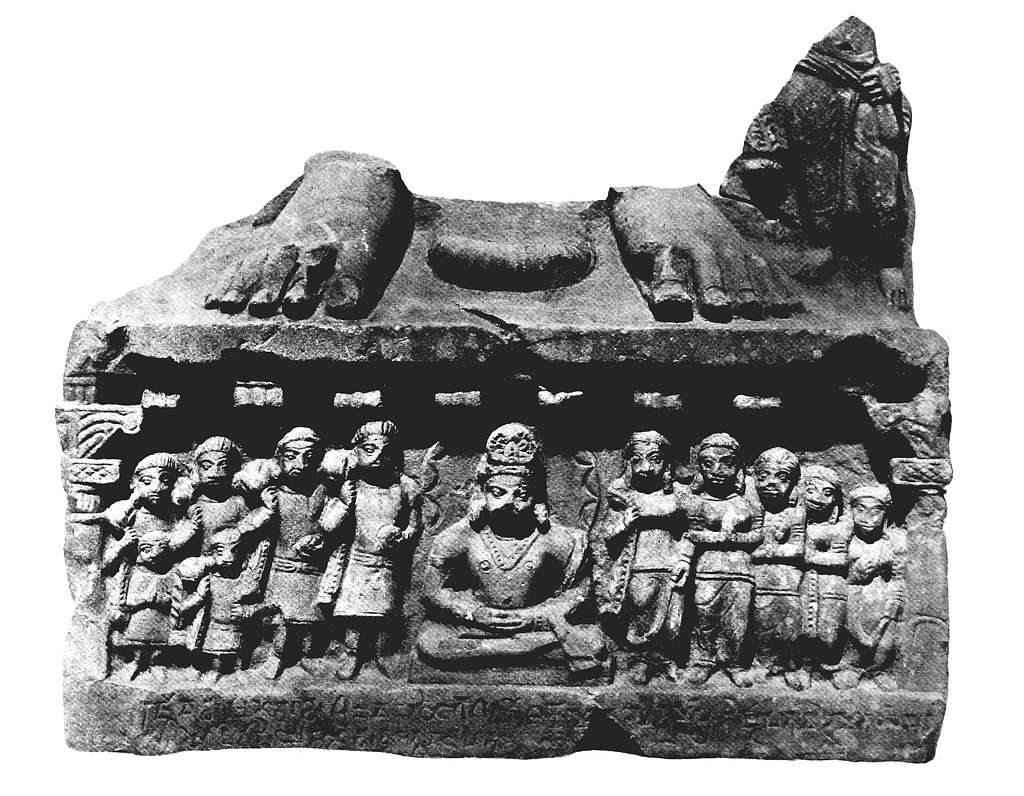
"Explore Patna Museum – a journey through Bihar's rich heritage, ancient artifacts, and timeless treasures of India's glorious past."
For more details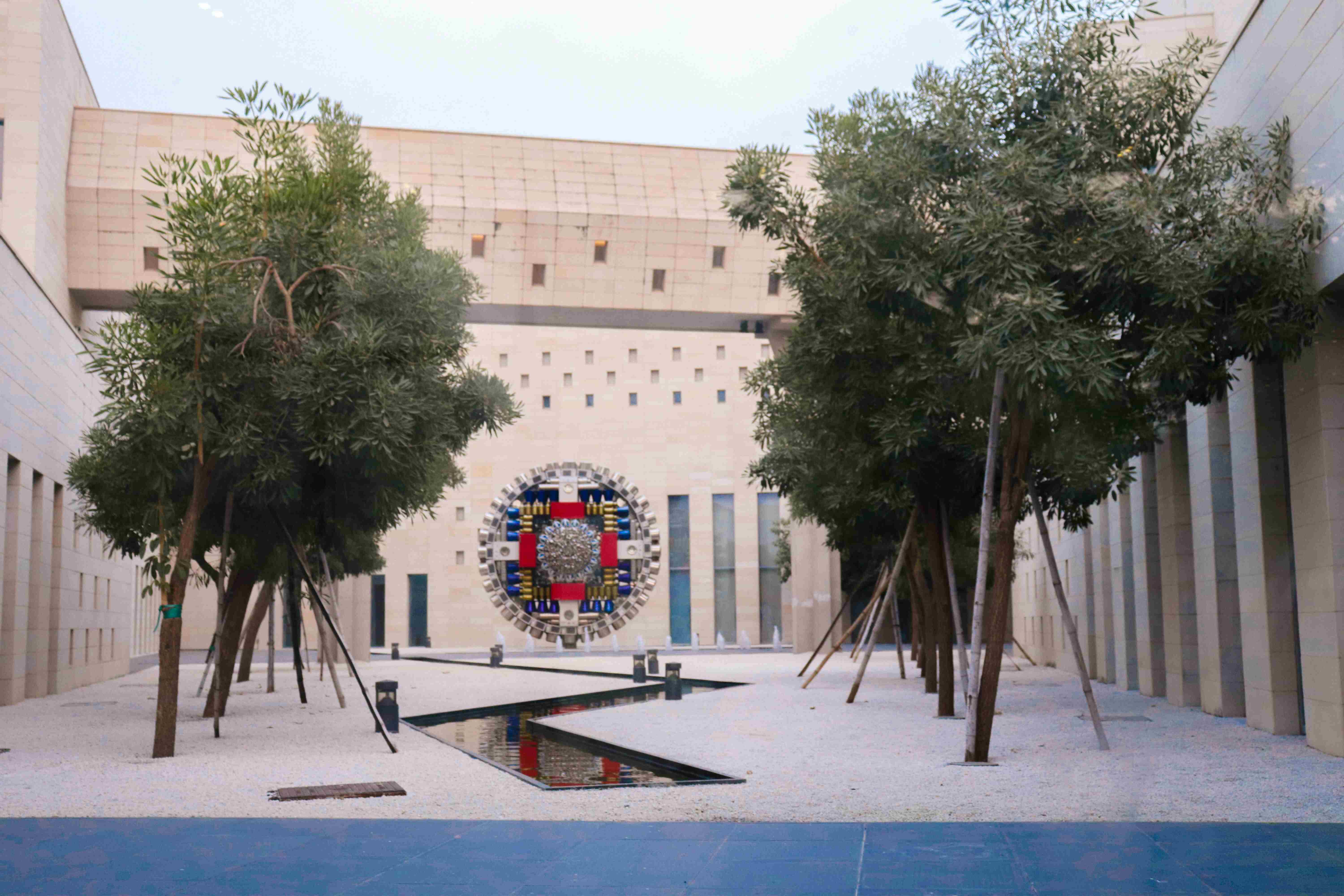
"Discover Bihar Museum – where history, art, and culture come alive, showcasing the vibrant legacy of Bihar’s ancient past."
For more details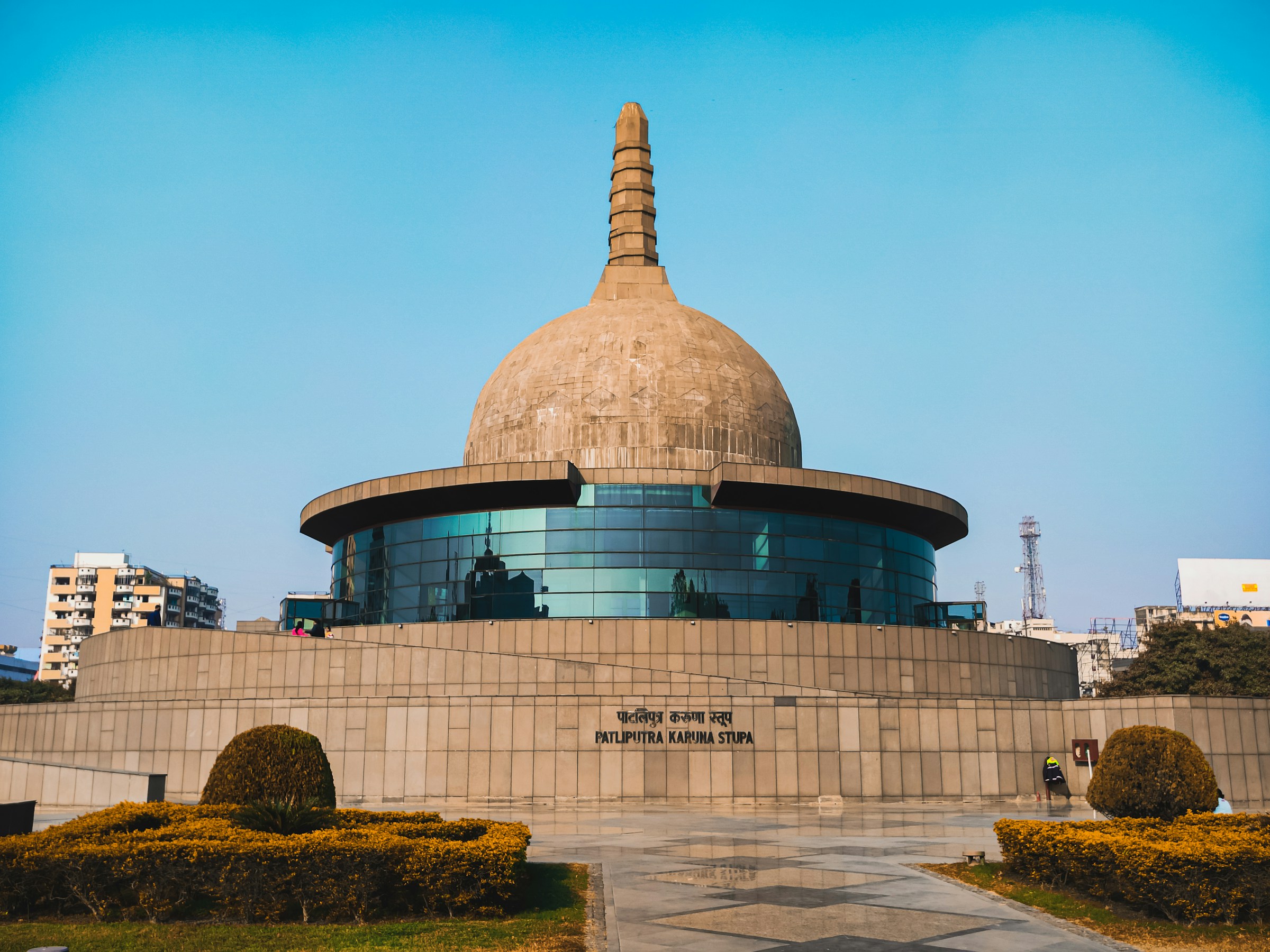
"Experience tranquility at Buddha Park – a serene escape in Patna, where peace and spirituality blend with natural beauty."
For more details
"Explore Patna Zoo – a lush green sanctuary where wildlife, nature, and adventure come together for a perfect family day out."
For more details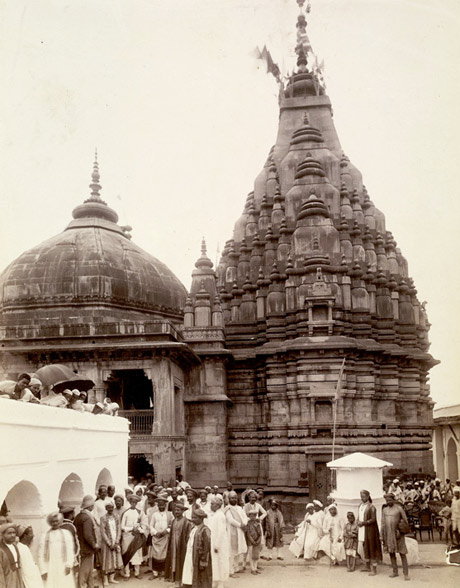
"Visit Vishnupad Temple – a sacred pilgrimage where devotion meets history, nestled in the spiritual heart of Gaya."
For more details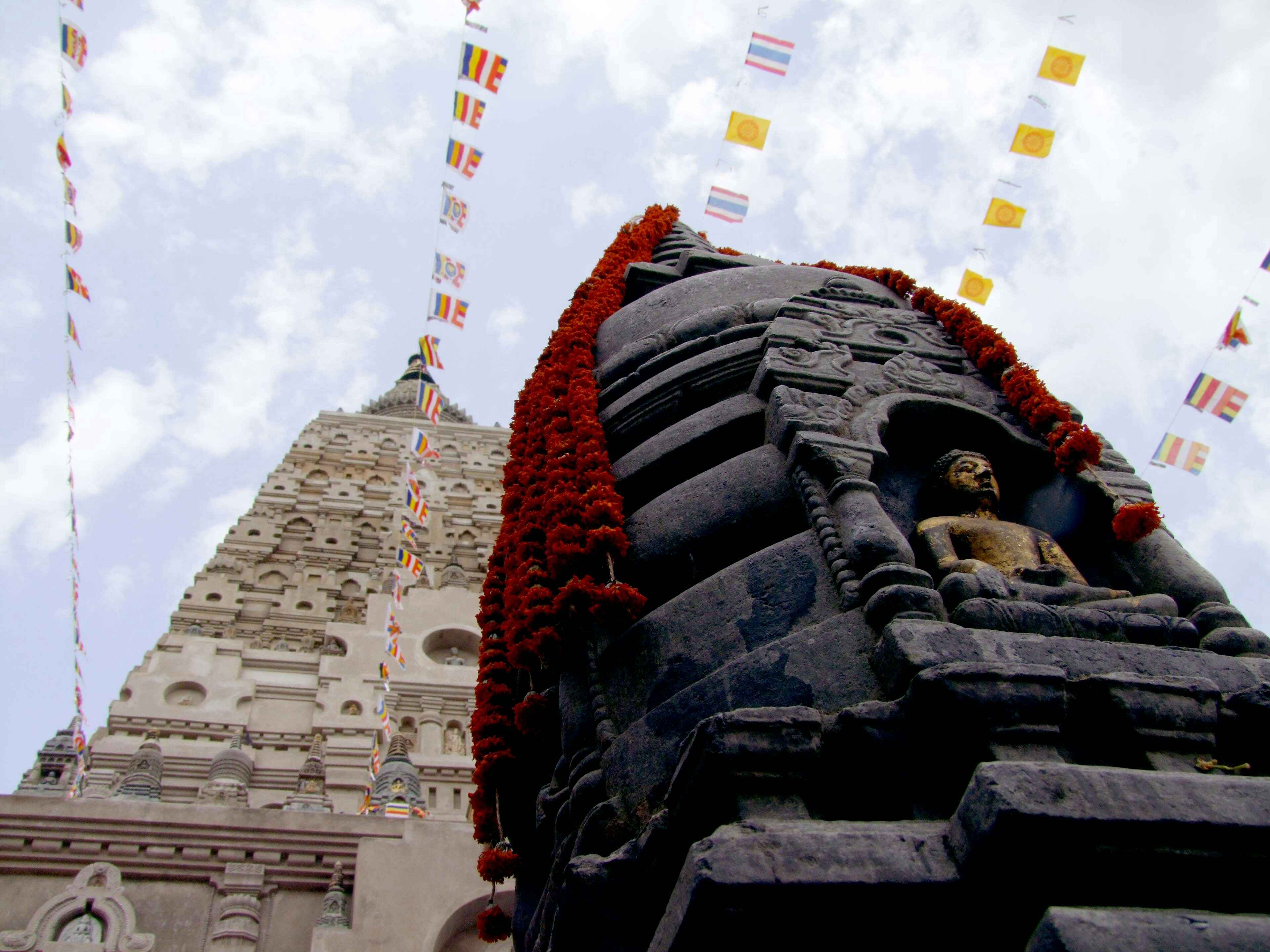
"Visit Mahabodhi Temple – a sacred pilgrimage where devotion meets history, nestled in the spiritual heart of Bodh Gaya."
For more details
"Discover Ghora Katora – a peaceful lakeside retreat near Rajgir, where nature’s beauty and serenity offer a perfect escape."
For more details
"Uncover the mystery of Barabar Caves – India’s oldest rock-cut caves, steeped in history and ancient Buddhist heritage."
For more details
"Explore Dungeshwari Cave Temples – sacred ancient caves where Lord Buddha meditated, offering spiritual peace and historical significance near Bodh Gaya."
For more details
"Embark on an adventure at Rajgir Safari – a thrilling wildlife experience amidst the natural beauty and hills of Rajgir."
For more details